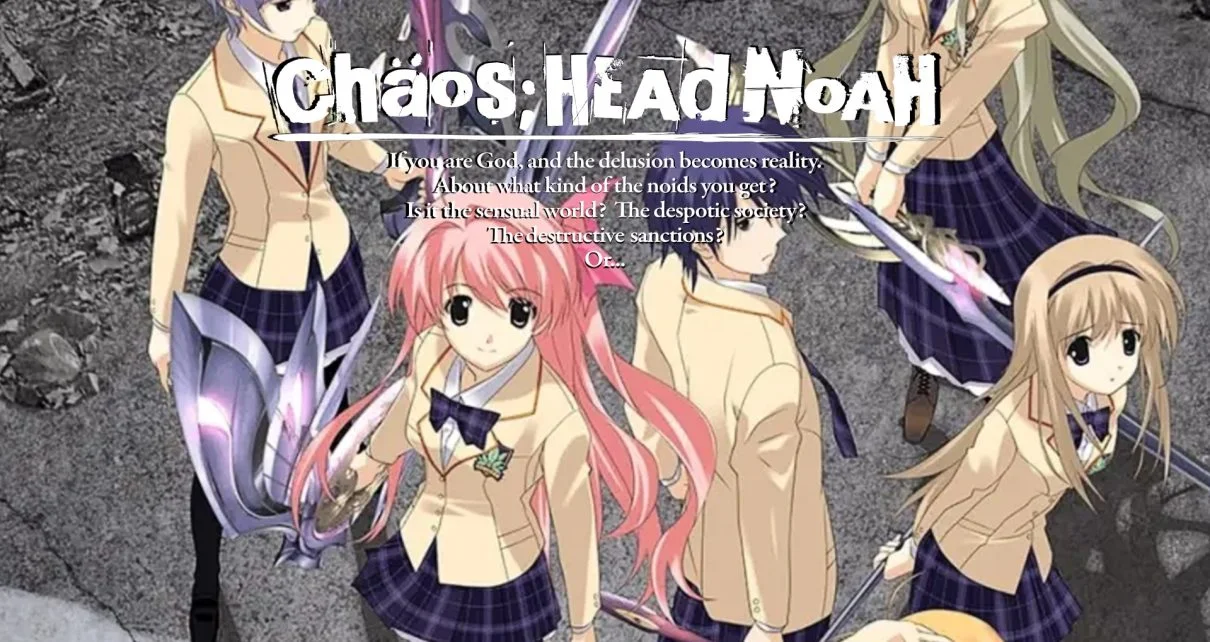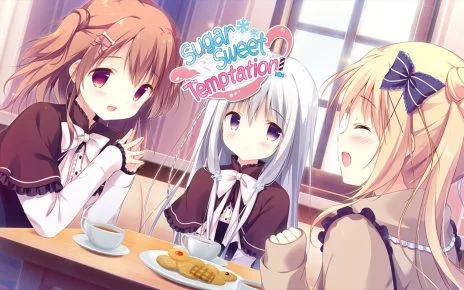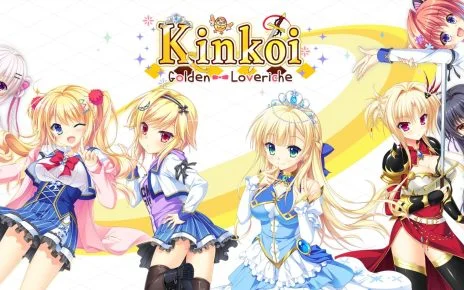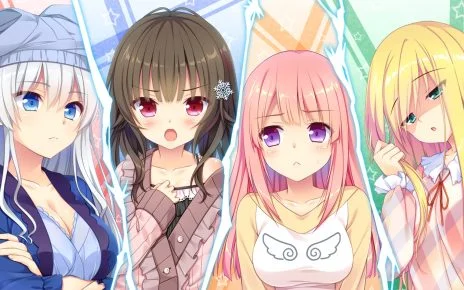While it was Steins;Gate that popularized the Science Adventure series with Western audiences, the series began with Chaos;Head. Chaos;Head is less widely read. It’s story is perhaps not as immediately accessible as those of the other Science Adventure games. More significantly, there was no official English version, that is until the recent localization of Chaos;Head NOAH, an extended directors cut of Chaos;Head, by Spike Chunsoft.
There are two ways of looking at this release. Chaos;Head is an outstanding visual novel with a bold vision and powerful themes, and NOAH marks the first time it’s officially available to English language audiences. As a director’s cut though, NOAH is seriously disappointing. The new content is lackluster at best, and it only updated several weeks post-launch to fix a bug that made it impossible to complete the game on Switch due to a bug that prevents you from viewing the true ending.
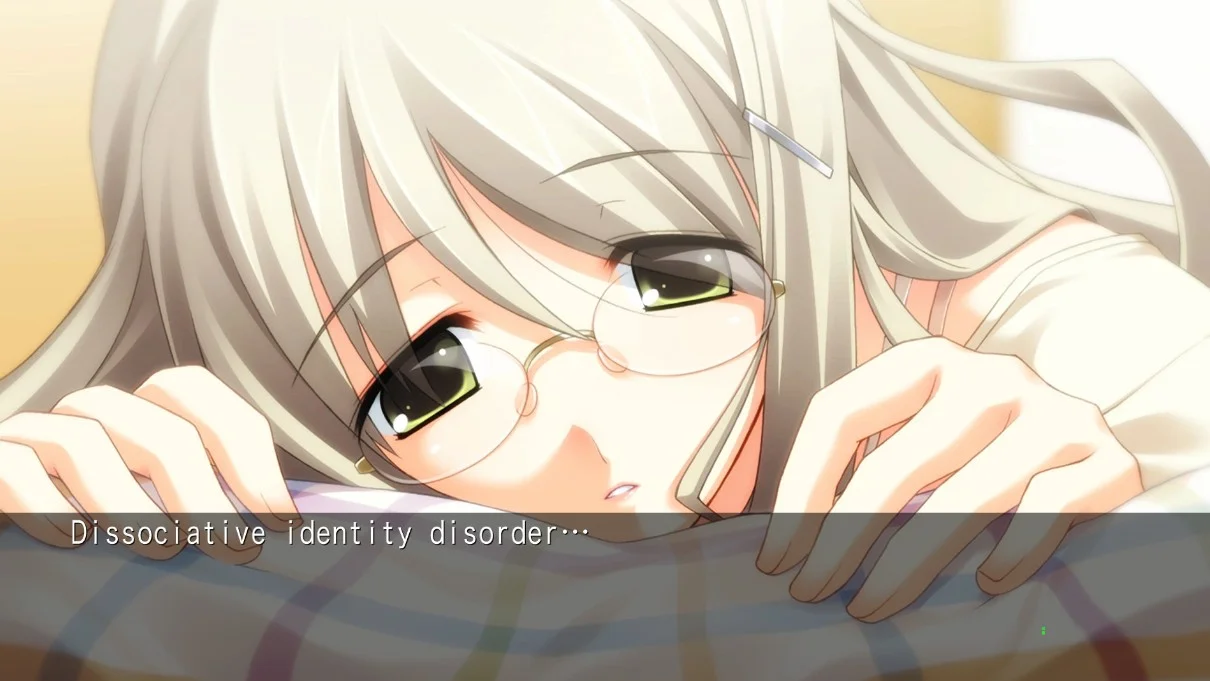
Murder Madness
The protagonist of Chaos;Head is Takumi Nishijou, an otaku who lives in a shipping container and attends school 2.5 times per week. Takumi is a borderline shut-in who would prefer to do nothing besides play MMOs and watch anime. This is more or less his life, until a mysterious stranger crashes his chatroom and sends him a picture of a gruesome murder. Takumi is shaken but able to shrug it off, that is, until he witnesses that exact murder the next day. The murder is the latest in a series of bizarre killings across Shibuya known as the “New Generation Madness” and Takumi soon finds himself drawn into the horrifying eddy of paranoia and insanity that seems to be slowly consuming Shibuya.
Otaku protagonists are not uncommon in visual novels. Usually, they’re played for laughs in some wish-fulfillment fantasy where the erstwhile loser soon has beautiful girls throwing themselves at him on his way to a happy ending. Chaos;Head is interesting because it swerves so sharply in the other direction. Takumi is pathetic and at times even detestable. He stutters when trying to hold a conversation. He sneers at the “delinquents” he passes on the street (who are in reality just average people going about their lives), raging against the gazes he imagines silently judging him while he passes judgment on them without a thought. He objectifies women, discarding those that don’t conform to his ero-game fantasies as inferior.
Takumi represents a dark side of otaku culture, of escapism and obsession taken to destructive extremes. He’s often delusional, and his delusions form the main choice mechanic in Chaos;Head. When Takumi’s anxiety becomes overwhelming, his vision tunnels and he can retreat into a delusion. If playing the Nintendo Switch version, ZL triggers positive delusions, which are pleasant escapist fantasies that indulge Takumi’s whims. ZR triggers negative delusions that see Takumi succumb to panic and paranoia. You can also do nothing, in which case Takumi keeps his focus on reality. A fixture of Takumi’s delusions is Orgel Seira, the heroine of his favorite anime Blood Tune. Seira is the voice of the weakest part of Takumi’s heart, encouraging him to take the easy way out regardless of the consequences.
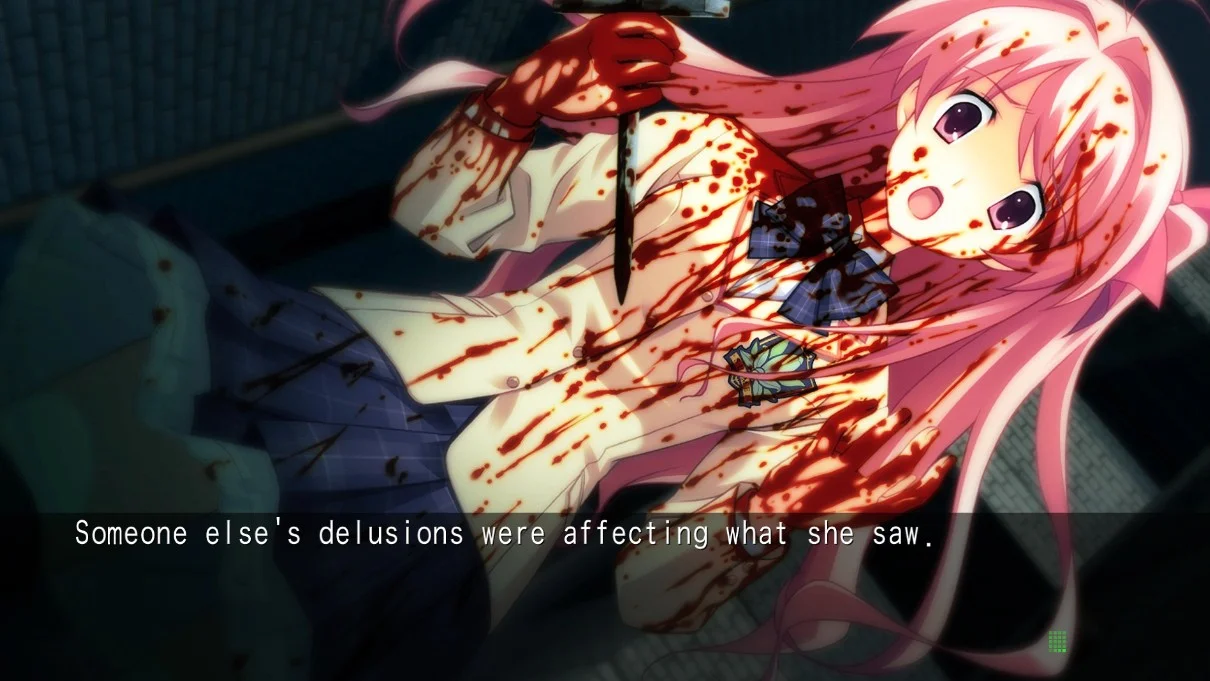
Don’t Look at Me!
The view through Takumi’s eyes is unfiltered, and some find him a difficult character for this reason. His delusions can be lewd, objectifying, cowardly, and vindictive. He refuses to conform to the expected “zero to hero” trope, and even rejects opportunities to connect with those who show him kindness. He’s not a determined shounen protagonist who can will himself onward in the face of hardship. Takumi’s growth comes through honesty born of desperation when he can no longer drown out what’s in front of him with fantasies, and this honesty often leads him to become more rather than less pathetic as he begins to acknowledge the toxic facade he has constructed. This is what makes Takumi an exceptional character though. He’s at a low point in his life in a terrible and bizarre situation, and his choices and responses are authentic to his journey. Chaos;Head is unafraid to portray Takumi as ugly, vulnerable, weak, and decidedly not the cool hero. Takumi can’t honestly see himself that way or be that person, but that’s ok, and there are more important things than being cool and heroic.
Gaze is a major theme in Chaos;Head. The “gaze of God” Takumi feels, his aversion to eye contact, his fear of being seen and judged, and even his mantra “whose eyes are those?” fundamentally shape him. Takumi may sneer at the “delinquents”, but he won’t look them in the eye. To do so would be to acknowledge being seen, and Takumi can only imagine himself being seen the way he sees himself: pathetic, worthless, useless, and unwelcome in the outside world. Even with his sister Nanami, who takes time to visit Takumi and treats him with kindness, Takumi won’t let down his guard and constantly pushes her away. The “gaze of God” Takumi feels is especially frustrating as he asks “whose eyes are those?” to the one pair of eyes he can never escape.
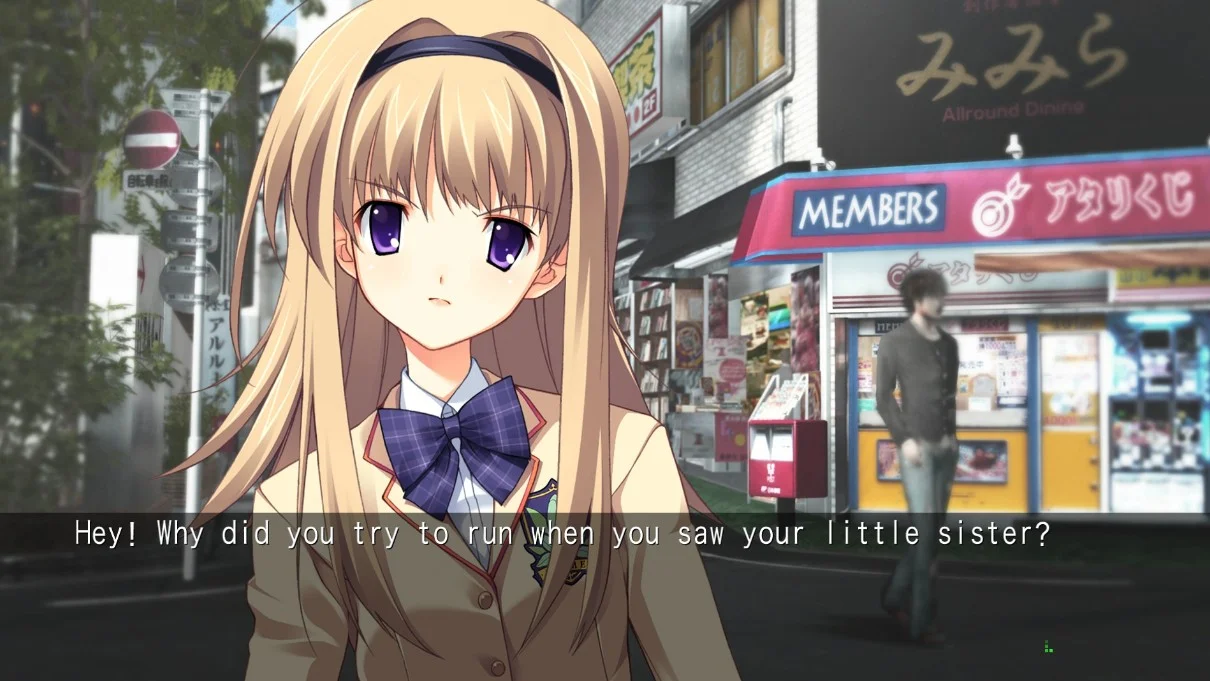
Simmering Insanity
The revelation of the truths behind the New Generation Madness run parallel to Takumi’s internal journey. Chaos;Head builds a slow-burn mystery that leans effectively on paranoia and disorientation. What is real? What is the truth? The atmosphere is tense and sinister, and the reveals are imaginative and thrilling. The ideas in Chaos;Head quickly go afield in interesting ways, so it’s difficult to say much without spoilers besides that the construction of the central mystery plot is strong.
Even so, the mystery ultimately acts as a vehicle for Takumi’s inner journey. The science fiction of Chaos;Head is on the softer side. There are explanations, but they’re less detailed and plausible than those in Steins;Gate. However, I had no problems accepting things, and Chaos;Head builds some spectacular set pieces for Takumi by embracing the madness. Even in the action scenes, there’s a lot of symbolism that connects the challenges Takumi faces and the decisions he makes in response to them with his inner struggles with the way he sees himself and his isolation.
I haven’t said much about characters other than Takumi. There are seven “heroines” in the sense of female supporting characters whose paths intersect Takumi’s. However, aside from Rimi, they are very much supporting characters. The are a handful of other minor characters–in particular police detective Yasuji Ban gets a handful of viewpoint scenes–but make no mistake this is Takumi’s story.
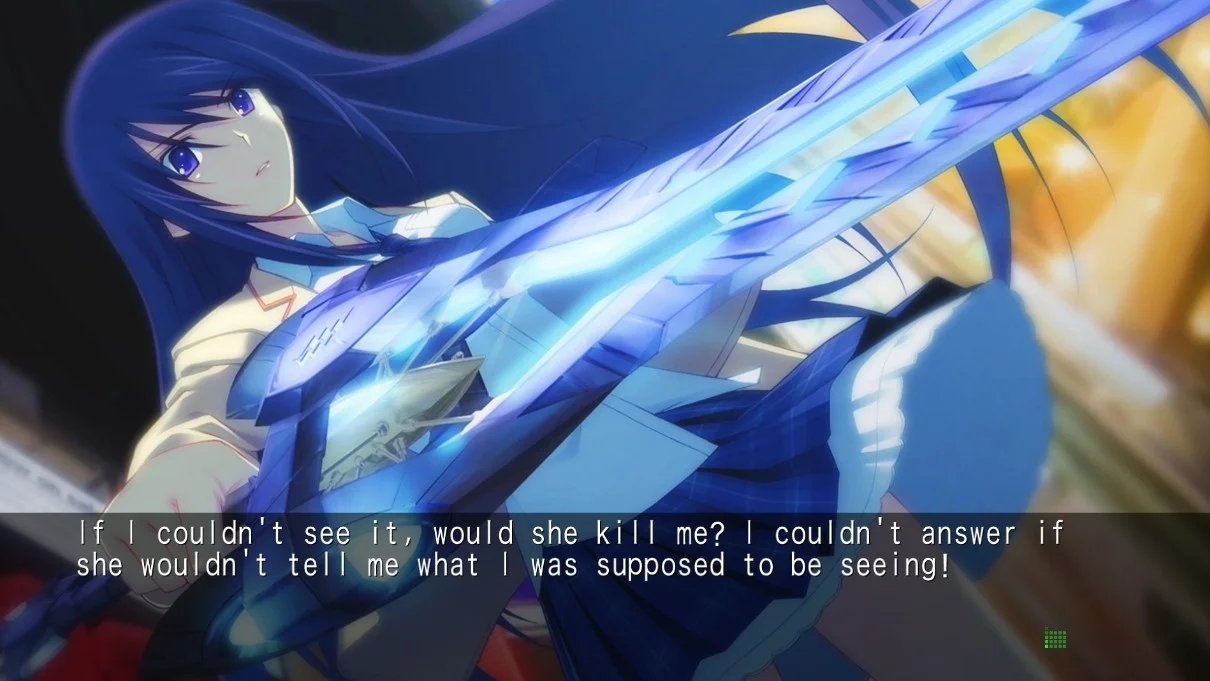
Shibuya Style
Despite its age, Chaos;Head is visually appealing on account of its aesthetic and presentation. Admittedly the character sprites are nothing special, but the backgrounds and CGs that bring Shibuya to life are impressive. Locales such as the post-apocalyptic ruins from the opening and Shibuya viewed at night atop a skyscraper are detailed and evocative. The presentation also highlights Takumi’s retreat to the virtual world. Chat rooms, message boards, online news, and video sites are all rendered visually and aid in the immersion, while a TIPS menu provides a primer on the otaku/internet slang Takumi sometimes employs.
The soundtrack has a few bangers, which is high praise from me, as I find the vast majority of visual novel music pleasant but forgettable. The more atmospheric music leans into the tension. All characters, including Takumi, are voiced. For Takumi especially, this makes a huge difference. Hearing him pause awkwardly and stumble over his words adds an authenticity to his dialogue that would be easy to lose with text alone.
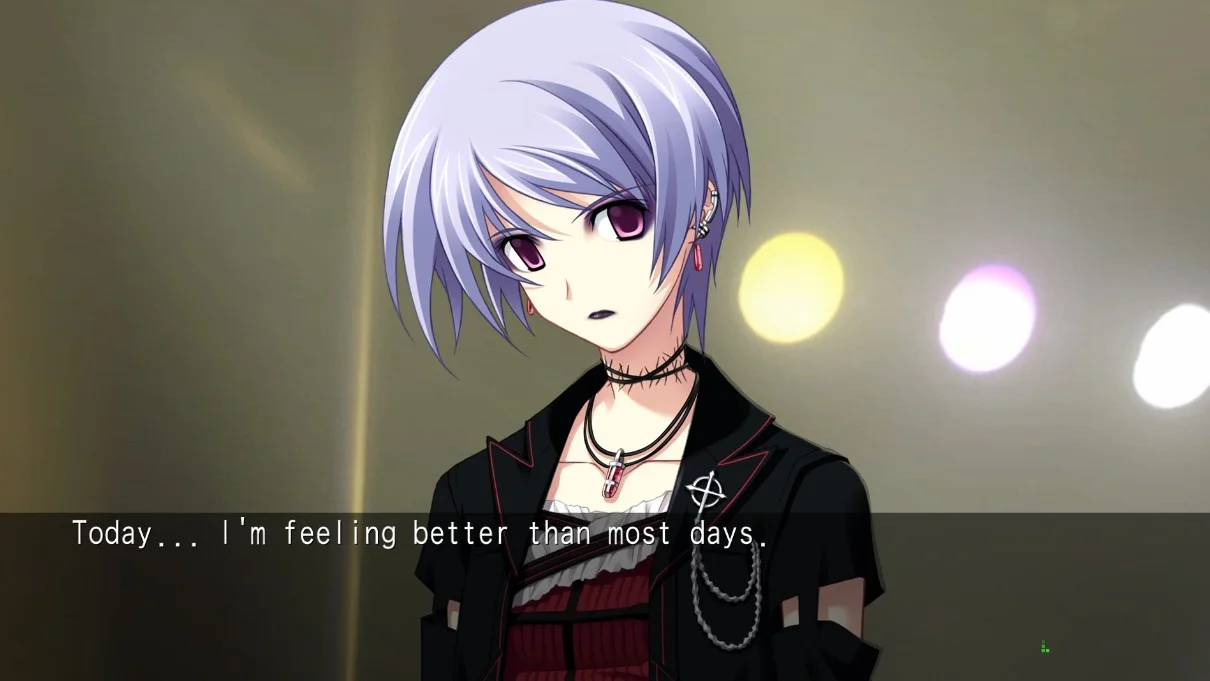
More Isn’t Always Better
So Chaos;Head is an excellent visual novel, but what about Chaos;Head NOAH? First off, what does NOAH add? There are seven new endings, one for each of the girls Takumi meets along his journey, added to the original three from Chaos;Head. These routes are locked behind the Silent Sky ending and assume familiarity with the main plot, so it’s impossible to go into specifics without spoilers. I had hoped that, like in Steins;Gate, these routes would be interesting “what ifs” that delved more deeply into the supporting characters. While some of the routes do explore loose ends from the main story that observant readers may wonder about, they are overall disappointing. Several see characters make bizarre decisions for the sake of manufacturing dramatic conflict that peters out into an unsatisfying ending.
If you could simply ignore the new content I would advise doing so, or at least putting it off until the end. Unfortunately, the canonical Blue Sky ending is locked behind everything else. Blue Sky is among my favorite visual novel true endings. It’s a beautifully written and thematically powerful conclusion to the parallel stories of Chaos;Head’s central mystery and Takumi’s inner journey. Putting the true route at the end works in visual novels where the other routes feel like a necessary part of the journey to reach that final conclusion. This is not the case in NOAH, and being forced to go through so many endings that chase tangents to unsatisfying conclusions dulls the impact of Blue Sky when you finally do get there.
NOAH is also a sloppy production. Dialogue lacks quotation marks and the text switches between English and Japanese (midline) ellipses. Terminology is inconsistent with other Science Adventure games. Even if the translation choices in NOAH are reasonable, editorial oversight should strive to create a coherent shared universe. While these are minor annoyances, the game-breaking bug that mades it impossible to view the true Ending on the Switch version was not. Appalling, it took several weeks for this bug to be fixed.
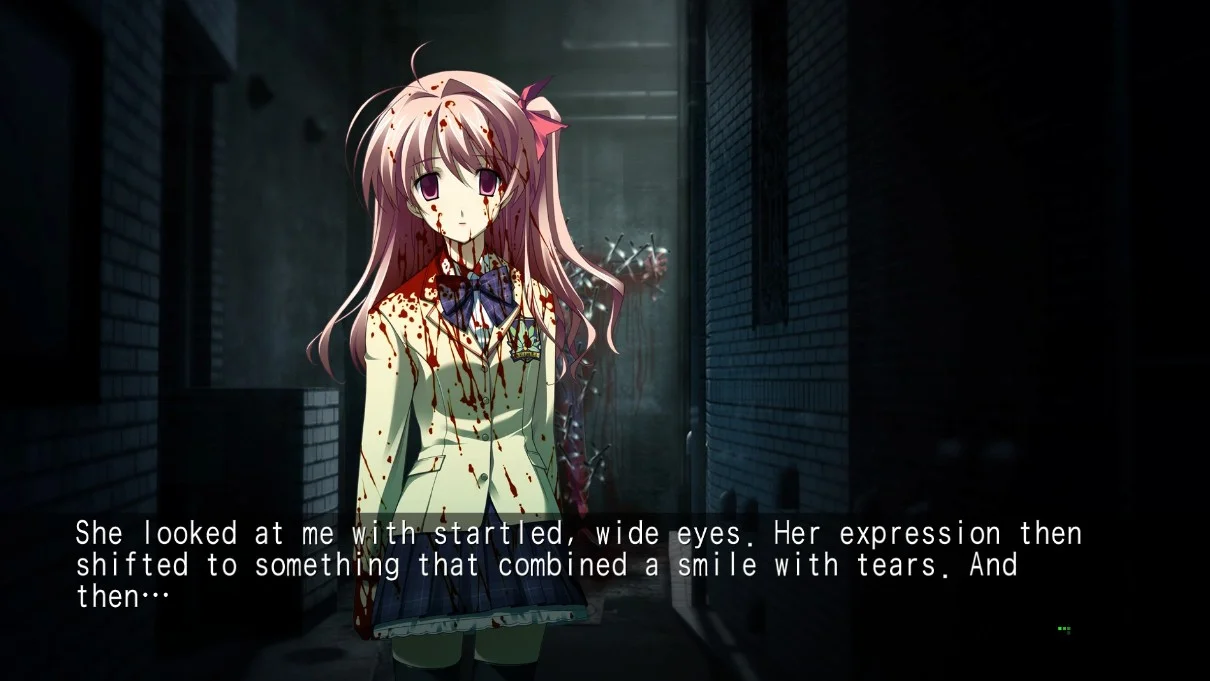
Verdict
Chaos;Head is bold, powerful, and one of the most thematically interesting visual novels you can read. Despite its substantial flaws, Chaos;Head NOAH is the only way to officially experience Chaos;Head in English, and I highly recommend it.
CHAOS;HEAD NOAH IS HIGHLY RECOMMENDED

If you would like to see more visual novels, you may be interested in our review of Robotics;Notes Elite or Utawarerumono: Prelude to the Fallen.
Many thanks go to Spike Chunsoft for a Nintendo Switch review code for this title.
A veteran of Oregon Trail and Battletoads, Wes has been playing and talking about games for as long as he can remember. He’s down to try almost anything, and he especially enjoys games with gripping narrative experiences.

